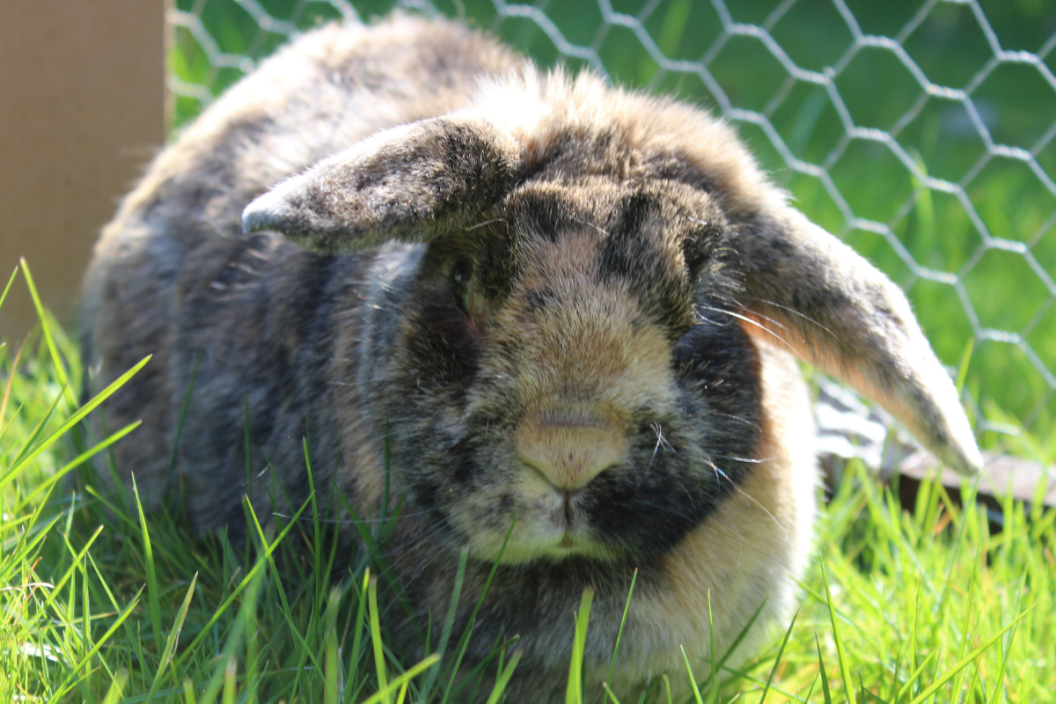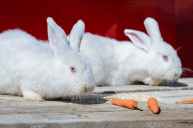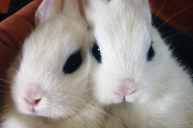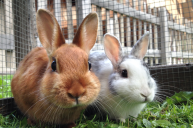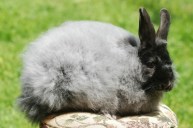Often called the clowns of the rabbit world, the Harlequin rabbit is famous for their beautiful colors and markings!
The Harlequin rabbit definitely stands out from the crowd. One of the oldest breeds of rabbits, the Harlequin rabbit breed is one that's unlike any other. This fancy rabbit is known for its coloration and markings rather than its fur and body type. The country of origin for this bunny is just as fancy as their looks: Harlequins originated from France in the 1880s and were first shown in Paris at international events in 1887. (Ooh la la!) They were, and mainly still are today, bred as a show animal for rabbit fanciers.
Originally bred in France, this adorable rabbit-clown was developed by crossbreeding the semi-wild Tortoiseshell Dutch rabbit, which was very popular at the time, with truly wild rabbits. This resulted in the Harlequin rabbit we know today. Fun fact: these rabbits was originally called the Japanese rabbit, but the name was dropped during World War II when sadly they also gained popularity as a meat animal.
Harlequin Rabbit Appearance
https://www.instagram.com/p/CEj1BZgl01x/
This stylish rabbit breed comes in two color varieties: there is the Japanese Harlequin rabbit, and the Magpie Harlequin rabbit. Japanese Harlequins are black, blue, chocolate, or lilac set against a fawn or orange coat; Magpie Harlequins, on the other hand, have slightly different colors — While their color scheme is also black, blue, chocolate, or lilac, these color types are set against a white coat.
These medium-breed-size jesters should have a body weight of 6.5 to 9 pounds, with a max weight of 9.5 pounds.
Temperament
https://www.instagram.com/p/B_5Q6NJFQ6R/
Harlequins make the ideal pets for kids and are everything a child would want in a pet: They are docile, intelligent, playful, active, and not to mention, they are also good-natured.
They are recognized by both the British Rabbit Council and the American Rabbit Breeders' Association.
Do you live with a Harlequin rabbit? What do you think of them? Please tell us in the comments below!
